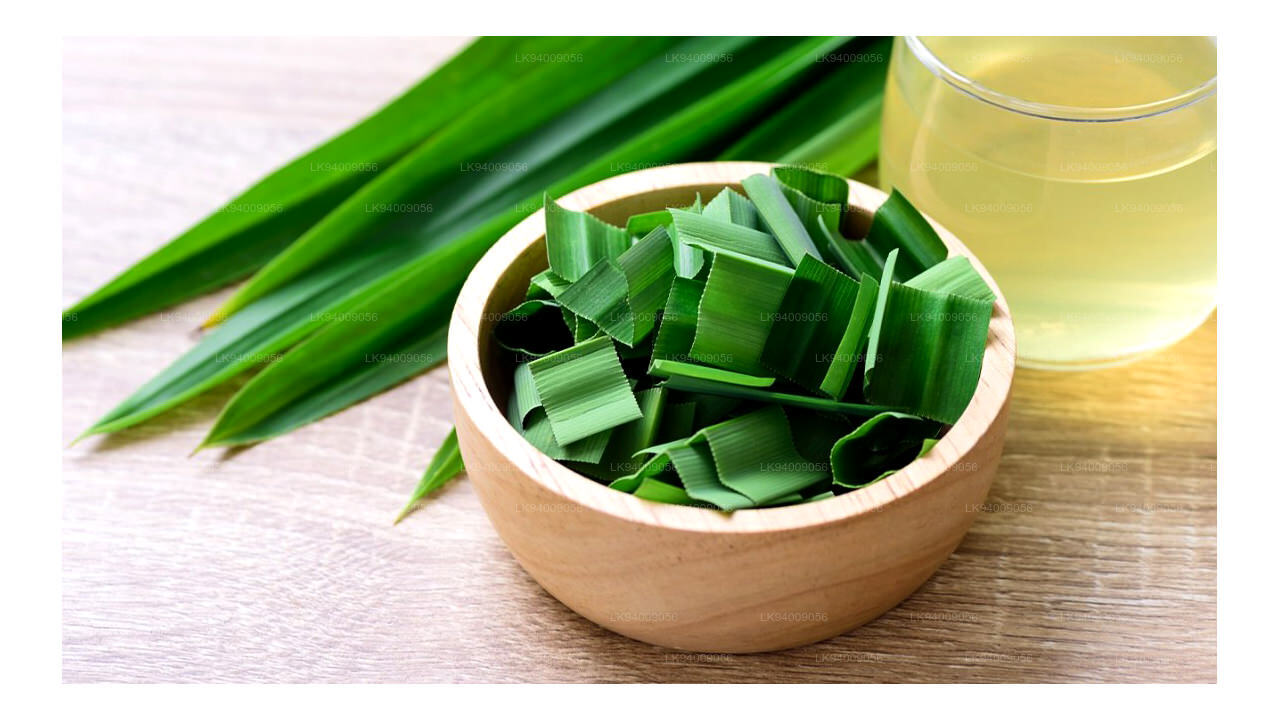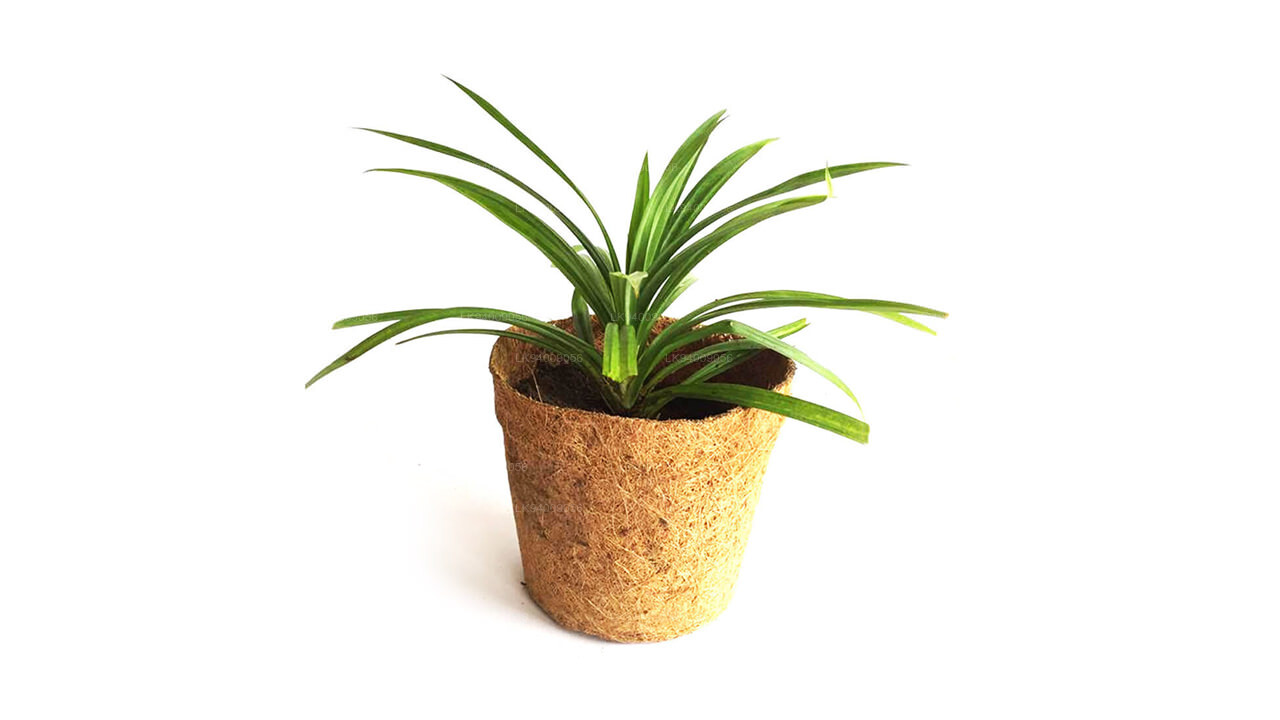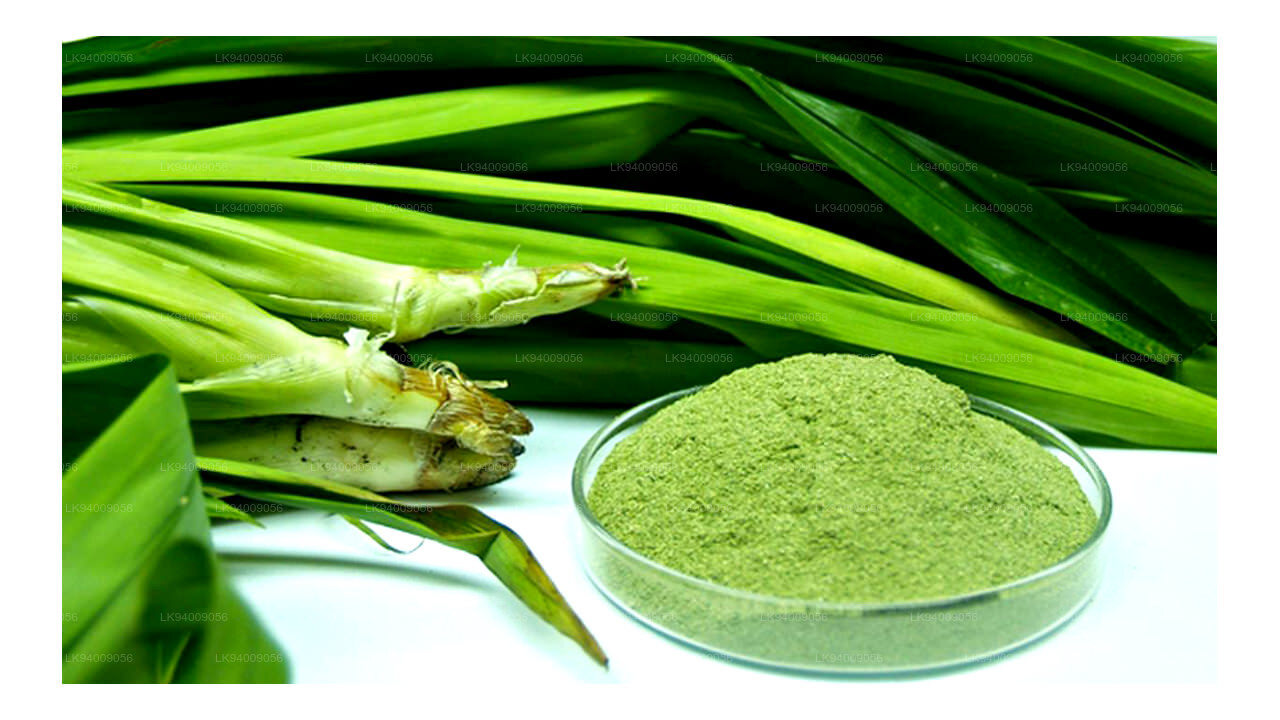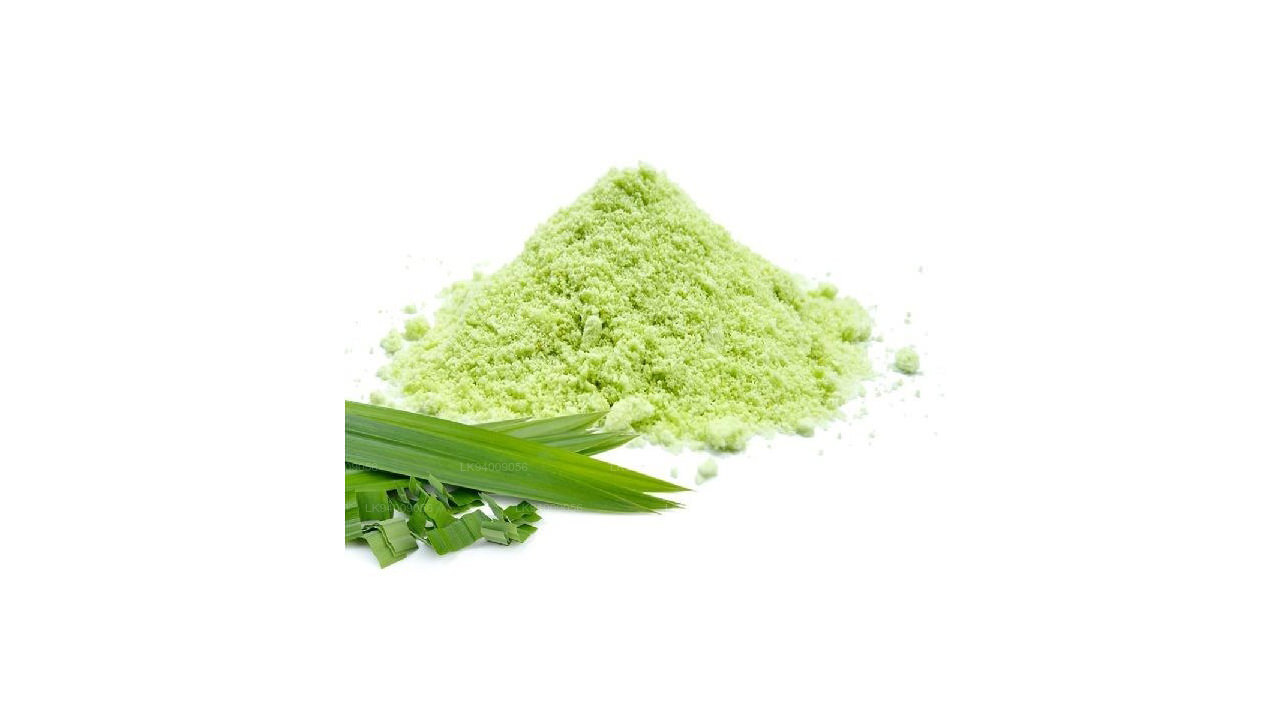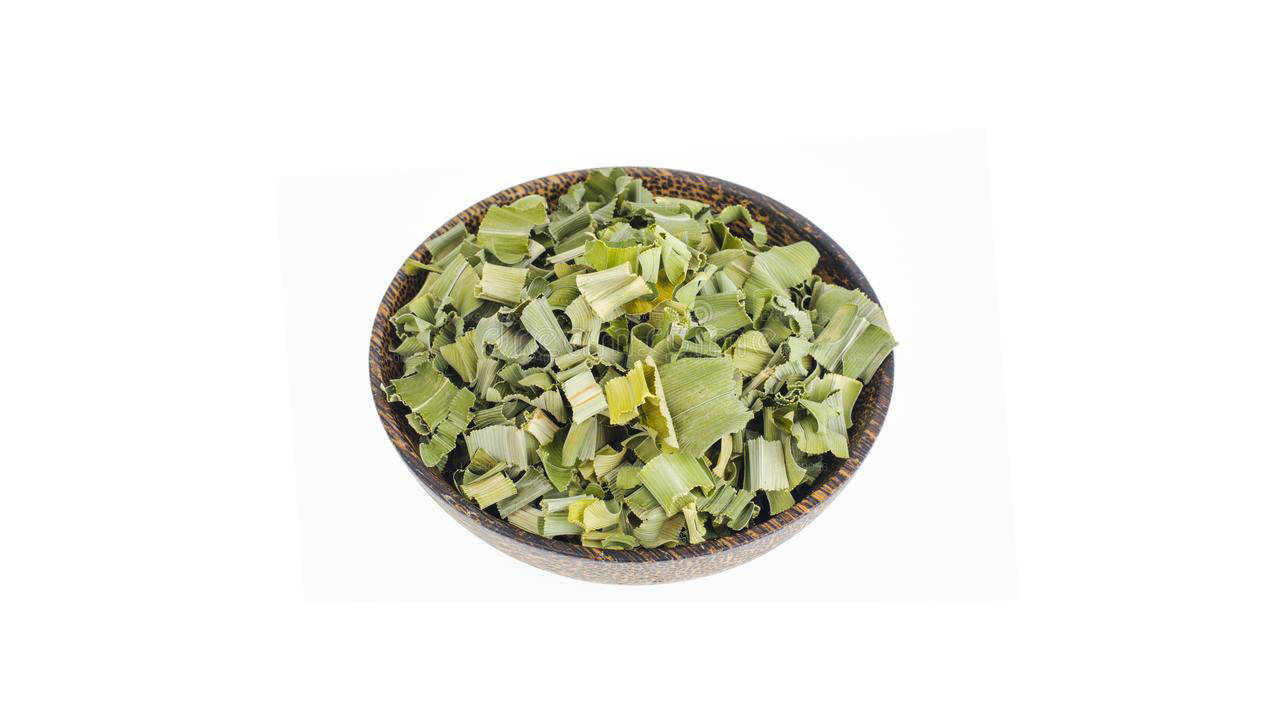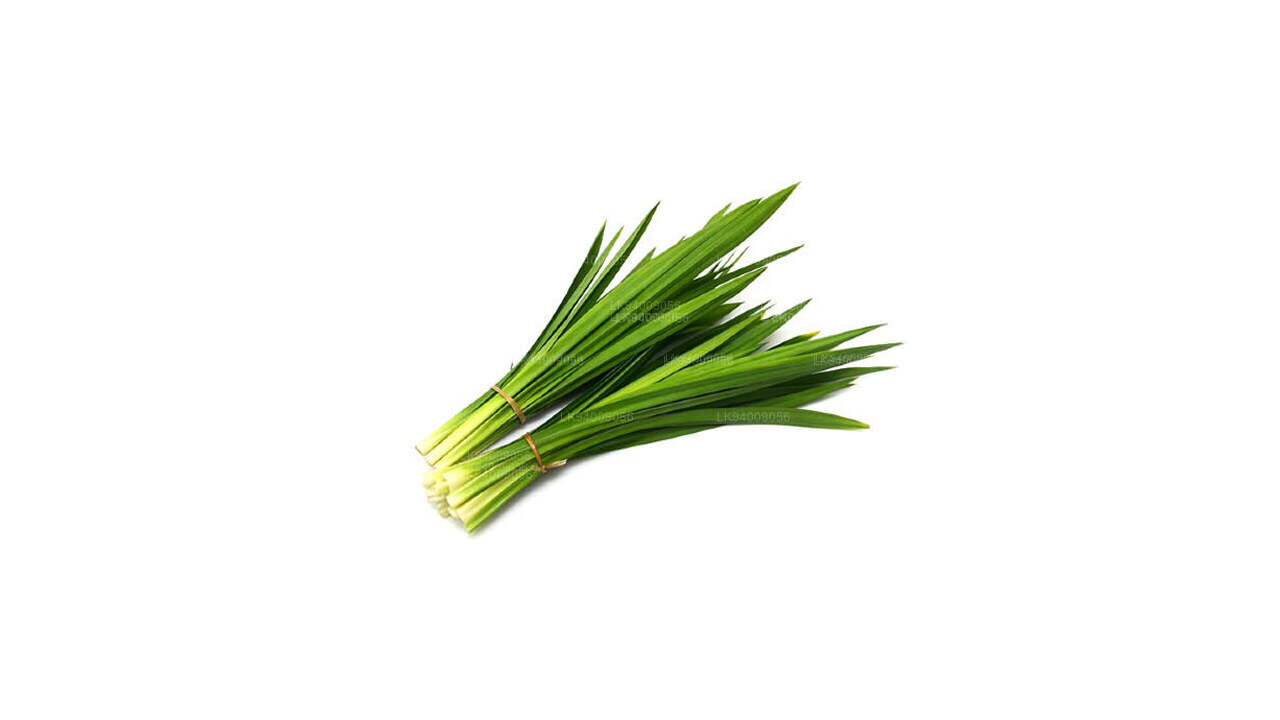
Spices
Ceylon Spices refers to the premium, aromatic spices sourced from Sri Lanka, renowned for their rich flavors and high quality. These spices include cinnamon, cardamom, cloves, and pepper, often regarded as some of the best in the world due to the island’s ideal growing conditions and traditional cultivation methods.
Rampe
General Description
The technical term for rampe leaves is ‘’Pandan Leaves’’, belonging to the Pandanaceae family. It is also called screw-pine. Pandan is a type of flowering plant. Rampe plants are splitted into male and female plants where the male plant blossoms hardly and the female plant blossoms even hardly thus the fruit or kernel are nearly unreal.
Hence the plants are multiplied by cutting the plant. They are like palm trees. It is a tropical plant. The leaves are thin long green leaves. The leaves can be used either fresh or dried. Rampe leaves give an exclusive savor and smell. The leaves are a vital savoring agent used to savor curries, rice, savories and sweet dishes. Sometimes the rampe leaves are grinded and filtered to take out their zest and hue for cakes and sweets to give a lovely flavor.
Health Benefits
- Treats leprosy, smallpox and wounds.
- Solves several skin problems.
- Relives headache and arthritis.
- Male flower of this plant can be used to treat ear pains.
- Juice of its root can ease chest pains.
- Reduces dandruff( fresh rampe leaves washed and grounded in ½ a cup water, squeeze and strain the juice and apply to the entire scalp).
- Natural cure for gout(a type of arthritis or a form of rheumatic disease).
- Chewing a leaf daily keeps away from bad breath, gum problems and mouth pain at bay.
- Bitter leaves of this plant can be used to cure ulcers and diabetes.
- Rampe leaves also contain anti-cancerous properties.
Method
Grind and squeeze the rampe leaf in 2 tablespoons of hot water to extract its fragrant green juice. Sift the rice flour into a bowl then Pour in the boiling water and 1 tablespoon of rampe juice mixed with green coloring. Mix well, and knead into a firm lump of dough. Roll the mixture into balls. Flatten each ball slightly and put 1 or 2 pieces of palm sugar.
Fully enclose the sugar, and re-shape into balls, being sure that the dough is fully sealed with no cracks or exposed sugar. If cracks appear, simply moisten them with water and seal again. Boil the water in a large saucepan, and drop in half the balls. When cooked, the balls will rise to the surface. Remove them with a slotted spoon, shake them dry, and immediately roll them in the shredded coconut.

